What to know
- iPhone 16 has several features that Android can and should steal to improve user experience.
- Some of these, including audio mixing, spatial video, and the addition of new physical buttons, are available only on the iPhone.
- The iPhone also does better in other areas, such as high-res video, AI integration, and ‘studio quality’ microphones, where Android still lags behind.
Even though there isn’t a massive hardware overhaul, iPhone 16 still manages to raise the bar for what a smartphones can do. Thanks to Apple Intelligence, and a few careful design changes, iPhone 16 is set to debut with capabilities that will make even flagship Android users green with envy. So, swallowing the bitter pill, here are some iPhone 16 features that we want to see on Android – at least on flagship level phones – and which Google and Samsung cannot implement soon enough.
Top 7 iPhone 16 features that Galaxy and Pixel devices should steal
Competition between flagship level smartphones usually comes down to the little things. But this year’s iPhone is markedly set apart for how it combines capabilities with convenience.
1. Support for multi-tracks on the native sound recorder app
Although Galaxy and Pixel devices have their own tricks, iPhone simply knocks it out of the park with its new Voice Memos features. The update brings support for multi-track recording, which caters primarily to musicians and songwriters, with the latter also benefiting from the new transcript option.
The feature, if and when it arrives to Android devices, will surely make it to our list of Android apps that every musician should get.
2. Spatial Audio and Video
The iPhone 15 Pro and later iPhones are the only set of phones with support for spatial video – a feature that allows video captures in 3D. Spatial video uses the iPhone’s main and ultrawide cameras in the landscape mode, which is where the aligned cameras come in handy.
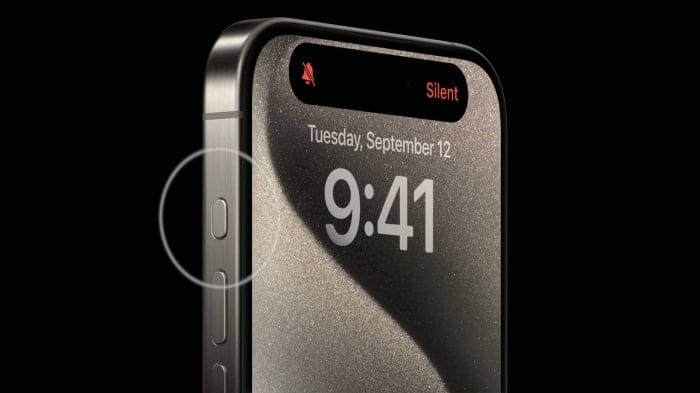
Once captured, the videos can be shared to Apple Vision Pro where they can be viewed in 3D, while on other devices they appear as regular 2D videos.

It’s audio counterpart, Spatial Audio, an improved surround sound version, brings cinema-level immersion to supported devices. Though it is available on some Pixel devices, the list of Android phones with Spatial Audio remains small.
3. 4K video at 120fps (for super slow-mo)
Sometimes, a little spec bump can unlock new abilities. Although there are some high-end Android devices that can shoot video at 4K at 120FPS, Pixels are not one of them. For iPhone users, however, as long as you’re on the Pro models, you can experience Dolby Vision 4K and get super slow-mo videos.
4. Better microphone with noise reduction
The overall quality of the iPhone’s microphones have steadily improved over the past couple of years. Apple may have called all of them ‘studio quality’, but it is thanks to some machine learning magic in recent years that the iPhone has developed quality audio capture capabilities that reduce background noise, such as when you’re recording in a windy location. It also translates to shooting better cinematic videos.
Android devices are not far behind on this front when it comes to reducing noise while calling, but the option to toggle between noise reduction and Wide Spectrum – its opposite – is not a system wide feature on Android. There are some apps that try to address this gap, but it ought to be a native feature, and it ought to be it now.
5. Audio mixing for videos
While we’re harping on the iPhone’s audio capabilities, one more feature shouldn’t hurt. The upcoming Voice Memo update already highlights how the iPhone uses ‘advanced processing’ to remove background music and noise from a track (to layer it the recording), and how you can adjust the mix between the two tracks.
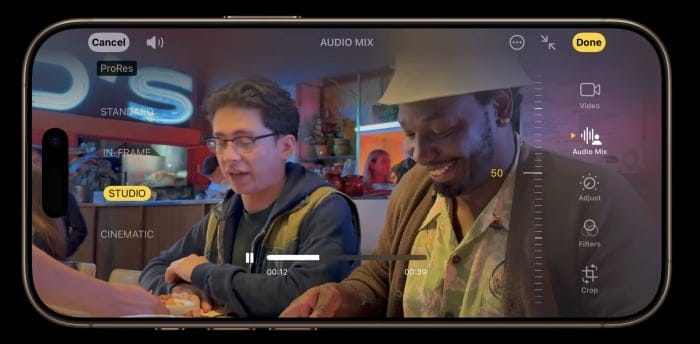
While shooting videos, the same feature lets you mix audio layers differently for different types of videos as well as isolate foreground sounds from the background.
Though some Android phone manufacturers may include audio mixing tools in their OEM, Android as a whole doesn’t. It’d be nice to see Android cater to a few creatives as well.
Audio mix feature is a next step up for mobile videography. Android users, what’ve you got except 100x zoom and fast charging? 🤓☝🏻#AppleEvent #iPhone16Pro pic.twitter.com/yDzz7EDMtG
— Justin Min (@justinmin27) September 9, 2024
Mr. Justin, we’re working on it.
6. Action and Camera Control Buttons
I still the remember the days of my Sony Ericsson C905 (Cyber-shot) and its perfectly placed capture button. Unfortunately, we’ve transitioned away from those physical conveniences so fast that they’ve now become premium features.
But now that the Apple, the trend setter of the industry, has both an Action Button and a Camera Control Button, Google and Samsung should take notice.

Nothing Phone 3 is rumored to include an extra physical button too. So, the pendulum may just swing back in favor of physical buttons which also function as multi-purpose buttons.
7. System level AI
Although Google’s Gemini and Samsung’s Galaxy AI came before Apple Intelligence, the latter has done a better job integrating AI at the system level. With Siri, ChatGPT, and Apple Intelligence working together, you can not only get search and writing help and some photo editing magic, but also the ability to change system settings and accomplish complex tasks.
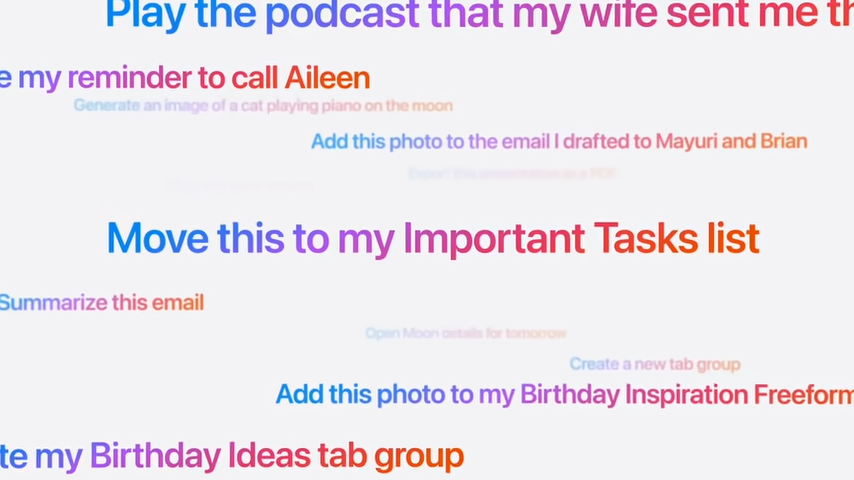
On the other hand, Pixel and Galaxy devices have Circle to Search as the most advanced AI in-built feature. And to get the complete Gemini (digital assistant) experience, you’ll need to have a Gemini Advanced subscription. Apple pulls no such tricks, and we hope it may never. But even if Gemini Live remains a paid feature, Android needs to up its AI integration game.
There are several interesting features that the iPhone could steal from Android yet. So the Android-iOS battle is far from over. But it’s this level of competition that the final user benefits from.

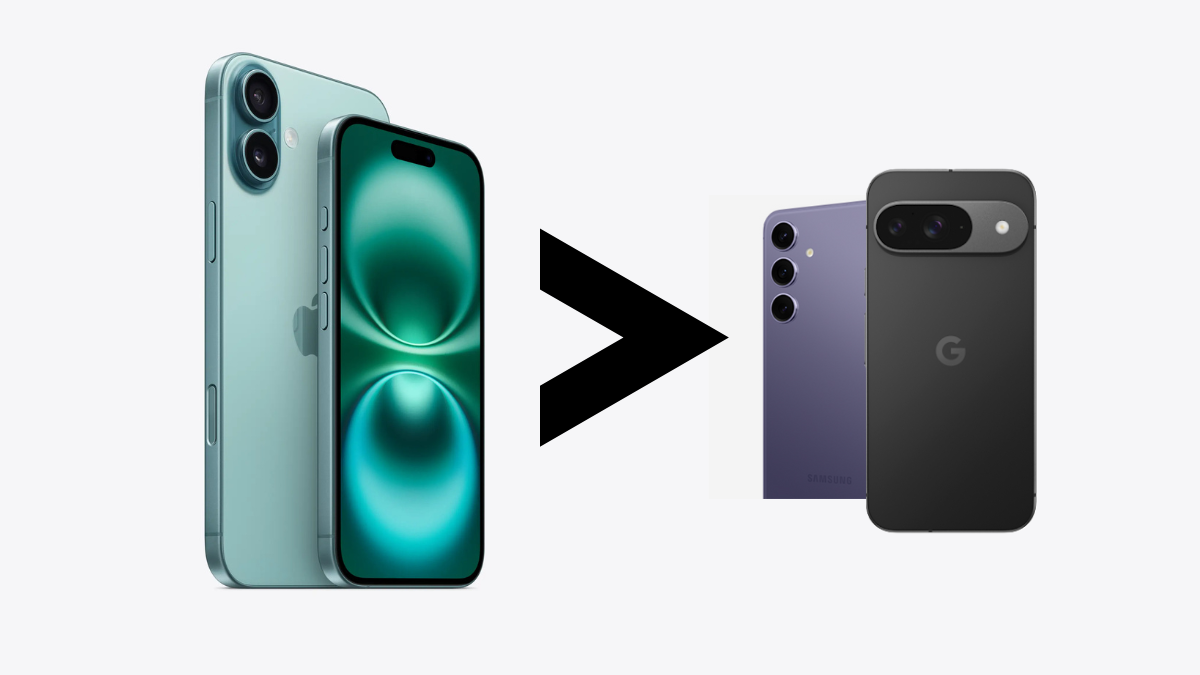










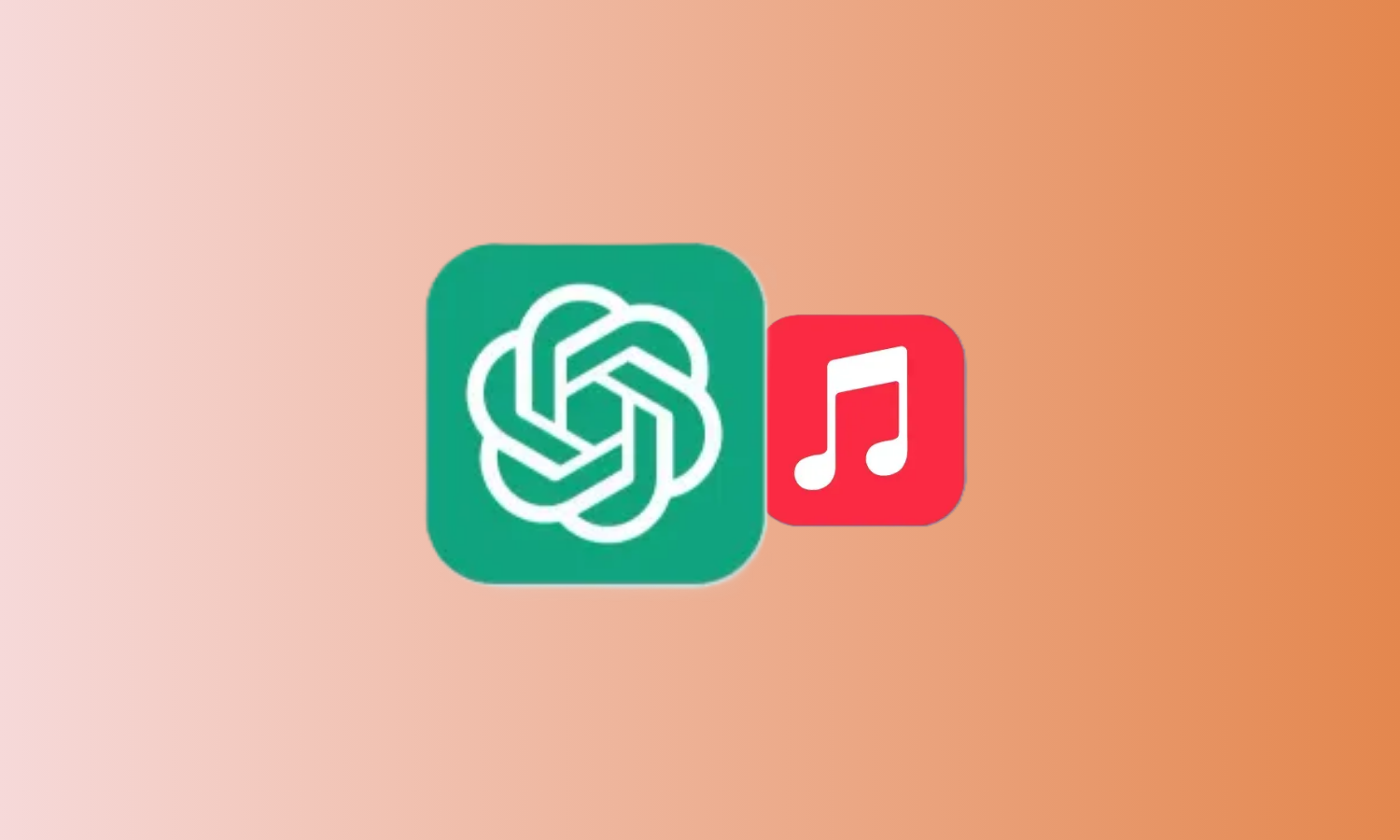
Discussion